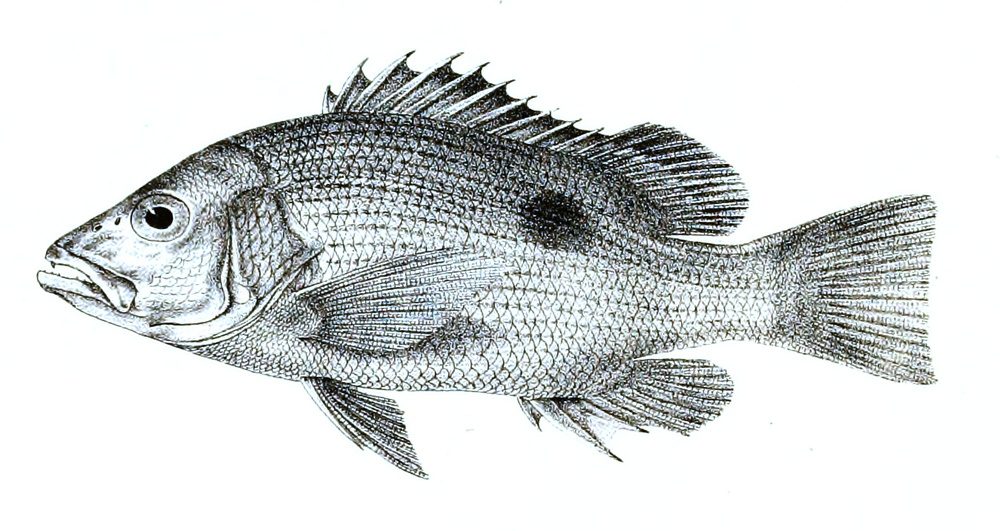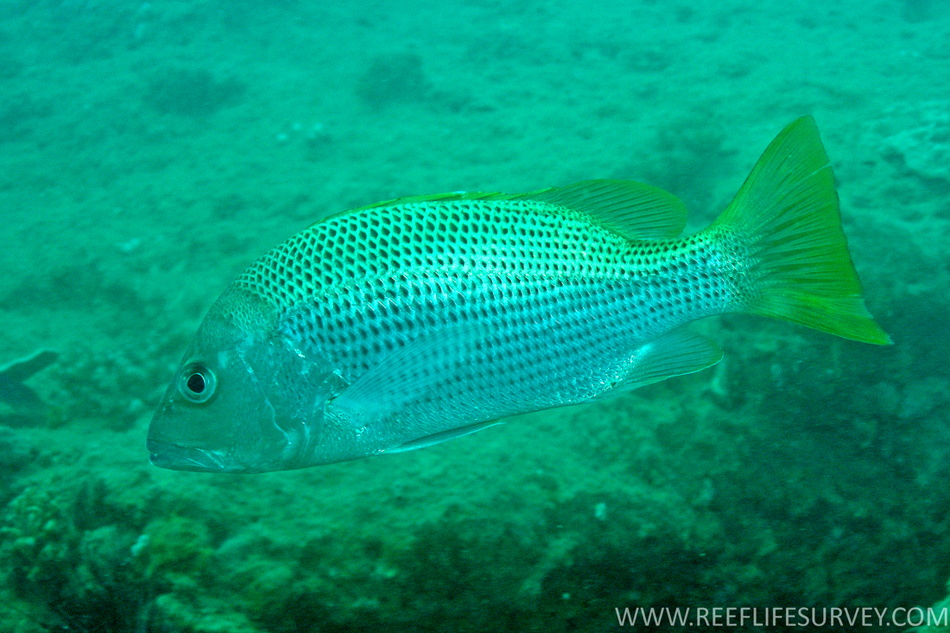Farming remarks
Lutjanus johnii is a snapper species native to the Indo-West Pacific. It inhabits estuaries from the Fiji Islands to East Africa and from Australia to Ryukyu Islands. However, two different species with the same morphology might be considered to be L. johnii, one of them inhabiting the Straits of Malaca, Thailand, Australia, and China, and the other one living also in China as well as in India. It is cultured in Singapore, Malaysia, Australia, and Pakistan and valued for recreational fishing in both Australia and Malaysia, where it is overfished and vulnerable to climate change. In the wild, L. johnii can live up to at least 28 years. In farms, juveniles attain market size (600-800 g) in 6-8 months, so they do not reach adulthood unless they are kept as broodstock. Natural spawning in captivity has not been achieved. Spawning after artificial manipulation is possible, but many farms still obtain fingerlings from natural catches locally or more usually imported. Collection of spawners in the wild is not recommended because L. johnii is highly susceptible to barotrauma when caught from depths greater than 10-15 metres. Field data on L. johnii are currently insufficient and should be augmented by inshore surveys and observation of natural behaviours in its habitat. Further research on reproduction is needed to ensure a closed life cycle and to avoid the decimation of the natural populations. Improvements in the farming conditions are needed in order to accommodate the migration needs of juveniles, and adding environmental enrichment into cages will certainly improve their welfare. L. johnii's welfare can also be improved by using farming systems that promote a natural habitat and behaviour of the species as well as by developing humane stunning and slaughtering methods.
Note: The age class "Adults" in this profile refers to a) large juveniles or adults in the wild (due to imprecision in the maturity stage in the references) and b) large juveniles in farms (due to farmers considering individuals as adults based on their size instead of their maturity status).
For details see: WelfareCheck | farm











